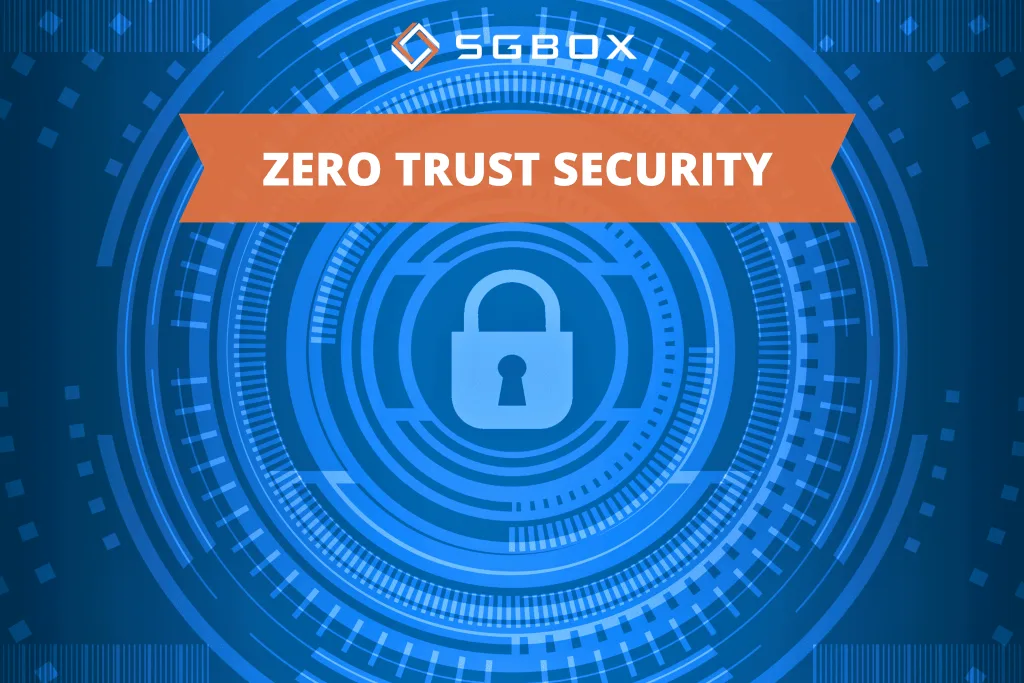Zero Trust Security: what does it consist of?

In recent years, the concept of Zero Trust security has become a fundamental paradigm for protecting digital infrastructures.
But what is Zero Trust security? It is a cybersecurity approach based on the principle “never trust, always verify.”
In other words, access to corporate resources is strictly controlled and granted only after a thorough verification of the user’s or device’s identity and context.
This model differs from the traditional “defend the perimeter” approach, emphasizing internal security and network segmentation.
What is Zero Trust Security?
Zero Trust security is based on the premise that every network access attempt should be considered potentially risky, regardless of its origin.
This means that instead of relying on firewalls or perimeter security solutions, every access request is subjected to rigorous controls.
The core idea is to eliminate implicit trust, adopting a model where every entity—user, device, or application—is verified during every interaction.
This approach significantly reduces the risk of breaches, especially in an environment of increasing cyber threats.
How to build a Zero Trust architecture
To implement a Zero Trust architecture, it is essential to follow several key steps:
- Identification and authentication: every user and device must be accurately identified. Using multi-factor authentication (MFA) is a fundamental practice to enhance security.
- Network segmentation: dividing the network into micro-segments isolates resources and limits lateral movement in case of a breach.
- Continuous monitoring: real-time activity monitoring helps detect abnormal behaviors and potential threats, enabling timely responses.
- Granular access policies: defining who can access what, under which conditions, and for how long allows for more precise and dynamic controls.
When integrated into a unified framework, these measures create a secure and resilient environment capable of meeting the challenges of Zero Trust cybersecurity.
What are the benefits of the Zero Trust approach?
Adopting the Zero Trust strategy offers numerous advantages:
- Reduced risk of breaches: rigorous controls and constant verifications limit unauthorized access and contain potential threats.
- Greater visibility and control: continuous monitoring systems provide companies with a detailed view of data flows and activities within the network.
- Flexibility and scalability: the Zero Trust architecture easily adapts to dynamic networks and cloud environments, simplifying security management in complex scenarios.
- Protection of critical assets: network segmentation and granular access policies ensure that the most sensitive resources are always protected, reducing the impact of potential attacks.
How the SGBox Platform Supports Zero Trust architecture
The SGBox platform is designed to integrate Zero Trust security principles simply and effectively.
With advanced monitoring, authentication, and segmentation solutions, SGBox allows companies to:
- Implement dynamic access controls: the platform supports the adoption of role-based, context-aware, and behavior-based access policies, ensuring maximum security.
- Integrate heterogeneous systems: SGBox offers a unified environment to manage and monitor all network components, facilitating the adoption of a Zero Trust model.
- Respond quickly to threats: with real-time analysis and monitoring tools, the platform enables rapid intervention in case of anomalies, reducing the impact of potential attacks.




